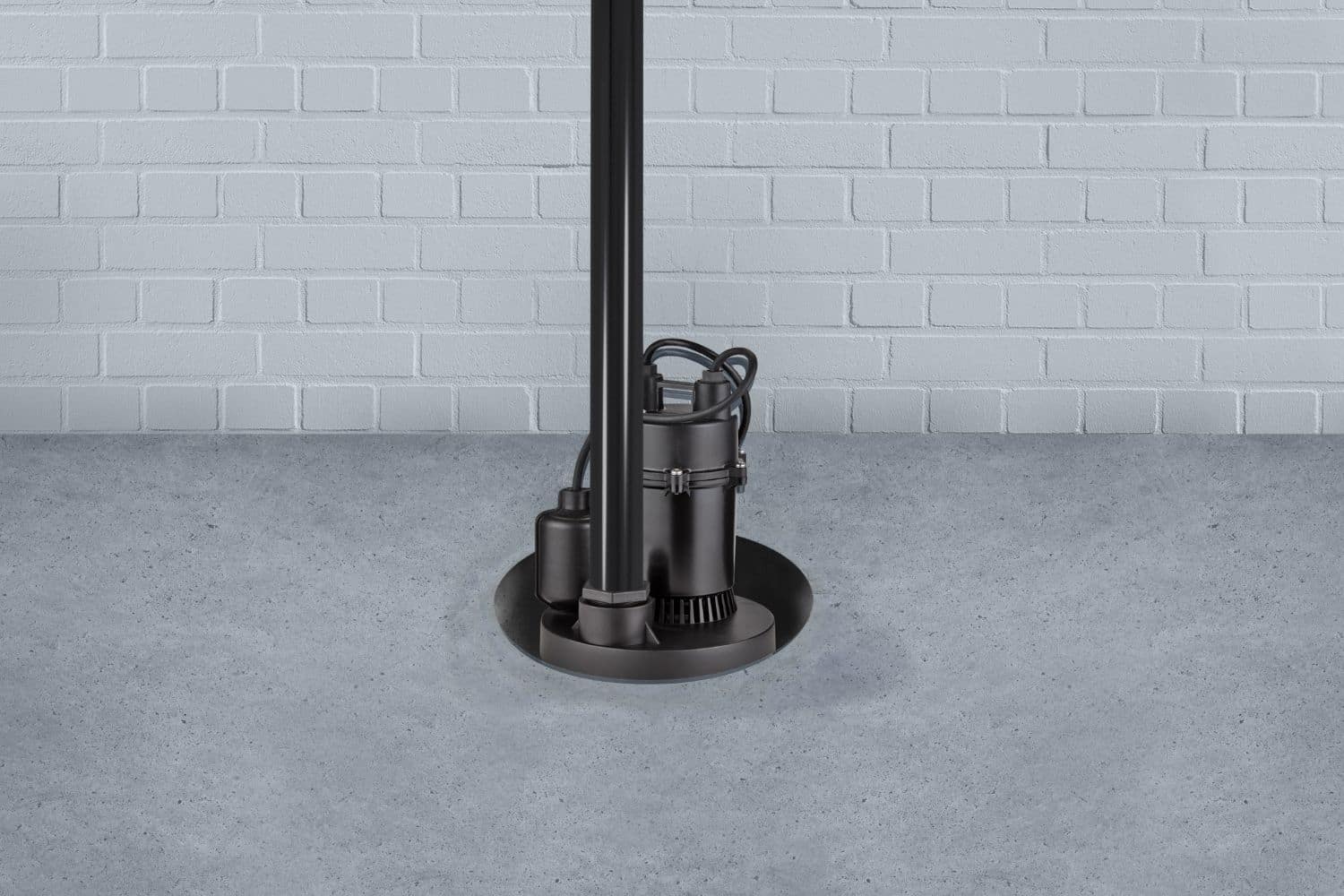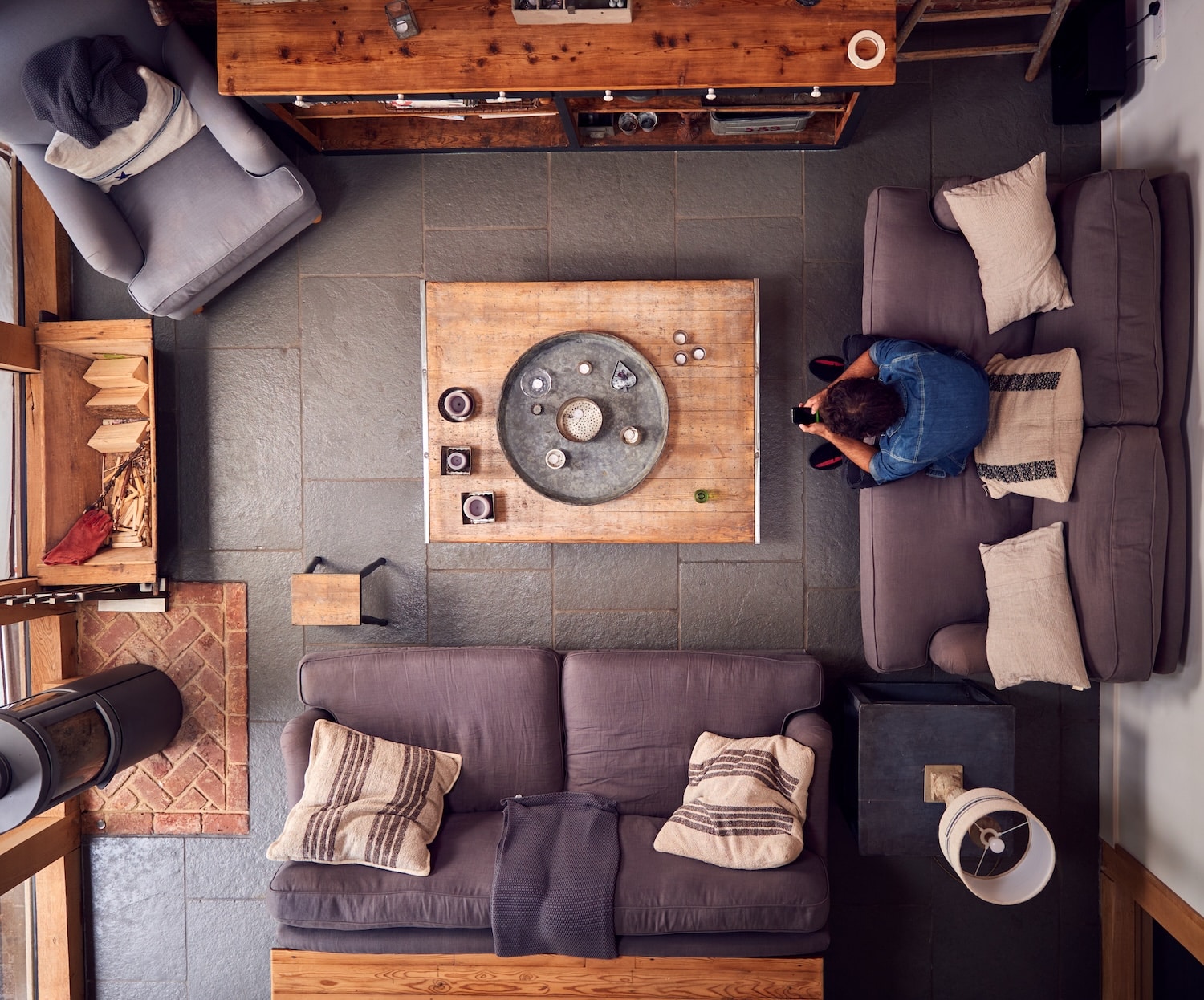A brick fireplace hearth sees a lot of action—which means they’re commonly damaged, too. It takes the heat from roaring fires, endures falling logs, and stands up to years of foot traffic. When cracks form, mortar crumbles, or bricks loosen, it’s as much a safety risk as it is an eyesore.
Some damage is cosmetic and easy to fix, while other issues hint at bigger structural concerns. Before attempting repairs or writing damage off as harmless, it’s important to know what’s causing it and the best solution (or if one is even needed)! This is your guide to all of the above, from professionals who’ve seen it all.
How a Brick Hearth Gets Damaged
- Heat expansion and cooling
- Moisture and water damage
- Foundation shifts or settling
- Impact or heavy use
- Improper material or installation
Naturally, bricks and mortar expand when exposed to high heat and contract as they cool. Repeated cycles of those movements weaken the materials, leading to cracks and loose mortar. Even if the damage starts small, it can spread with continued use.Water is another major threat to brick, especially in humid climates or homes with poor ventilation. Moisture seeps into the brickwork, causing deterioration, mold growth, or efflorescence—white, powdery stains that indicate mineral buildup from water evaporation. Even more concerning, mold and mildew can develop if it’s left unchecked.
If your home’s foundation settles over time (which it likely will), the movement can put stress on the fireplace structure. This may lead to cracks, uneven brickwork, or a sinking hearth, which could signal larger structural concerns.
From there, a fireplace hearth isn’t just exposed to heat—it also takes direct hits from firewood, fireplace tools, furniture, and foot traffic. Over time, these small impacts add up and loosen bricks or chip the surface.
Finally, not all brickwork is created equal. If low-quality mortar or bricks are used during installation, the hearth may break down faster. Some older fireplaces also weren’t built to today’s safety and durability standards.

Assessing the Issues
Just Surface Cracks? Or Structural Damage?
Small, hairline cracks in the mortar or brick face are common from heat exposure and normal wear. These are usually cosmetic and don’t affect function. However, deep fractures running through the brick or spreading across multiple bricks could mean the structure is under stress.
If cracks continue to grow or bricks begin to shift, there could be an underlying issue, such as foundation movement or water damage.
Loose or Crumbling Mortar
Mortar holds the hearth together, but it doesn’t last forever. If the mortar between bricks is powdery, crumbling, or missing in spots, the hearth’s stability could be at risk.
A quick test is to gently press on the bricks—if they shift or move, the mortar has likely deteriorated to the point where repointing is needed.
Loose, Separating, or Sinking Bricks
A brick that wobbles or has shifted out of place might not seem like a big deal, but it could be a sign of deeper instability. A single loose brick can often be reset, but if multiple bricks are misaligned, the hearth may need more than just patchwork repairs.
A sinking or uneven hearth could indicate foundation settling, which should be evaluated before attempting repairs.
Stains or Discoloration
Smoke stains are common on fireplaces, but unusual discoloration or a white, chalky residue (efflorescence) could signal moisture issues.
Bricks naturally absorb moisture, but if they stay damp, they can weaken over time. If the hearth feels damp or discoloration spreads, moisture intrusion should be addressed before repairs are made.
Is the Damage Limited to the Hearth?
Cracks that extend into the firebox, chimney, or surrounding walls suggest a bigger problem. Widespread damage may mean the fireplace structure is shifting or deteriorating.
In these cases, it’s best to have a professional inspect the fireplace and hearth before making any repairs.
Essentially, if the damage is minor and localized, simple fixes may be enough. But if bricks are shifting, cracks are spreading, or moisture is present, a closer look is needed to determine the best course of action.
Minor Damage and DIY
Patching Small Cracks
Repointing Loose Mortar
Replacing a Few Damaged Bricks
Applying a Protective Sealant
Common DIY Mistakes to Avoid
- Using regular mortar instead of heat-resistant materials
- Sealing bricks too tightly, trapping moisture inside
- Overfilling cracks, which can lead to uneven expansion
- Ignoring deeper damage that might need professional attention

Fireplace hearth featuring upgraded material due to brick that was damaged beyond repair
Beyond the Basics
Some hearth damage goes beyond quick fixes and calls for a more extensive solution. Whether due to ongoing deterioration, safety risks, or personal preference, homeowners may need to consider bigger changes. I
f any of the following are observed, simple repairs may not be enough to resolve them.
- Damage Extending Beyond the Hearth: If cracks continue into the firebox, chimney, or surrounding walls, the issue may not be limited to the hearth.
- Ongoing or Worsening Damage: Moisture, foundation movement, or other unaddressed issues could all contribute to recurring damage.
- A Sinking or Leaning Hearth: If the hearth appears lower on one side or is pulling away from the surrounding flooring, foundation settling could be to blame.
- Fire Safety and Code Concerns: A damaged hearth may no longer meet modern fire safety codes. Gaps or crumbling mortar could allow heat or embers to escape.
Alternative Solutions
- Full replacement
- Removing or covering the hearth
- Upgrading the material
If the damage is too extensive, replacing the entire hearth may be the best option. This allows homeowners to upgrade to more durable materials that are better suited for long-term use
If the fireplace is rarely used, some homeowners choose to remove or cover the hearth for a cleaner, more modern look. Options include decorative covers or repurposing the space altogether. Lastly, while brick is traditional, materials like stone, tile, or concrete offer a fresh look with improved durability and heat resistance.
Other Fireplace and Hearth Care
- Watch for new cracks, loose bricks, or crumbling mortar
- Keep it clean by sweeping away ash, soot, and debris to prevent buildup
- Monitor for moisture—if the hearth feels damp or shows signs of efflorescence, check for water leaks or humidity issues
- Use a heat-resistant sealant to protect against moisture and minor wear while allowing the brick to breathe
- Be mindful of weight and impact—avoid dropping heavy objects on the hearth, and don’t place excessive weight on it
- Schedule an annual fireplace inspection to catch potential problems early
When to Call a Professional
Some damage goes beyond simple repairs. A professional inspection is a smart move if:
- Cracks extend into the firebox, chimney, or surrounding walls
- Bricks are shifting, crumbling, or pulling away from the floor
- Signs of moisture, mold, or efflorescence keep appearing
- The hearth is sinking or uneven, hinting at foundation movement
- DIY repairs fail or uncover more significant issues
A damaged hearth could be more than just a fireplace problem—it might point to foundation shifts, moisture intrusion, or structural concerns affecting the home. If the hearth is sinking, cracking, or separating, it’s worth checking for broader settlement issues before they worsen.
A home inspection goes beyond the surface, identifying hidden risks like structural instability, ventilation concerns, or fire hazards that could impact safety. Instead of guessing, a professional assessment provides clarity and confidence in what needs to be done—whether that’s a simple repair or a bigger fix to protect the home.
Conclusion
A damaged brick fireplace hearth isn’t just a cosmetic concern—it can be a sign of deeper structural issues or fire safety risks. Some damage can be repaired with simple fixes, but when cracks spread, bricks shift, or moisture problems arise, it’s worth having a professional take a look.
At Prospective Home Inspections, we offer expert evaluations to help homeowners determine areas of concern and provide an objective assessment of the home’s condition, no matter where you are in your homeownership journey.






